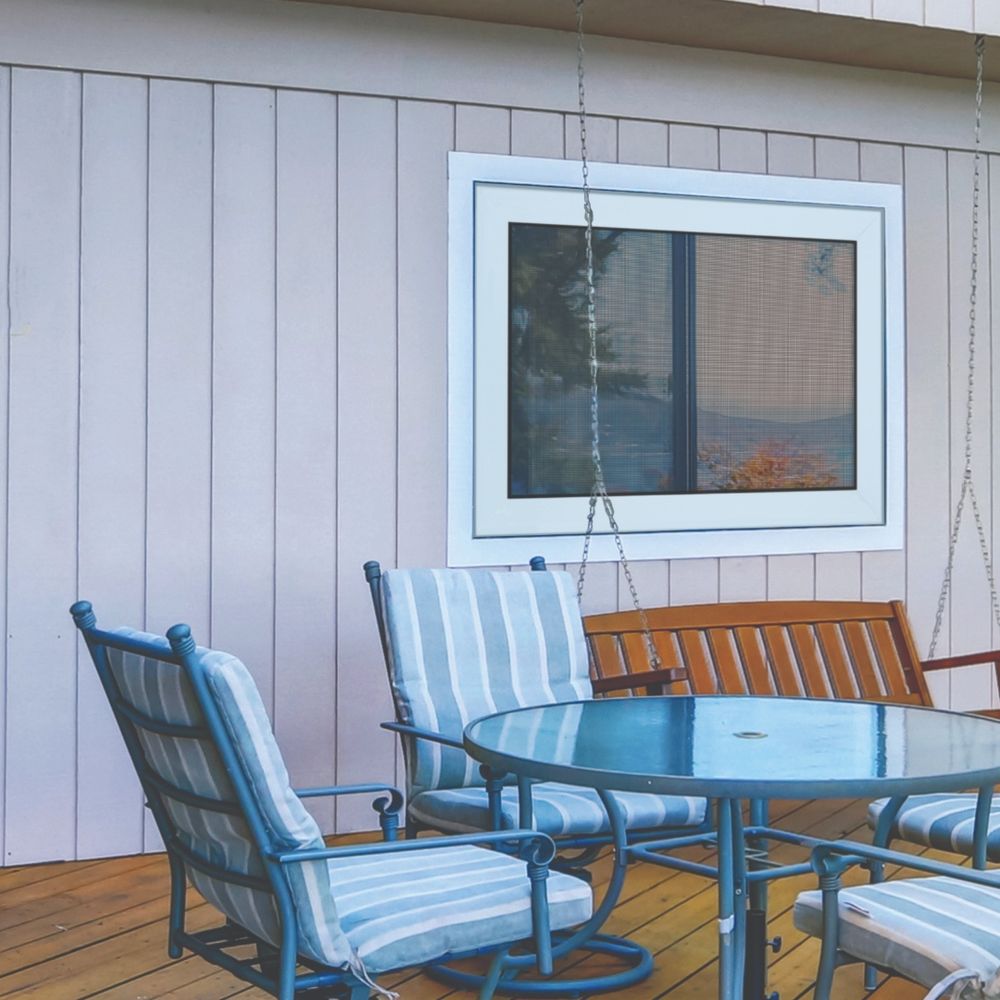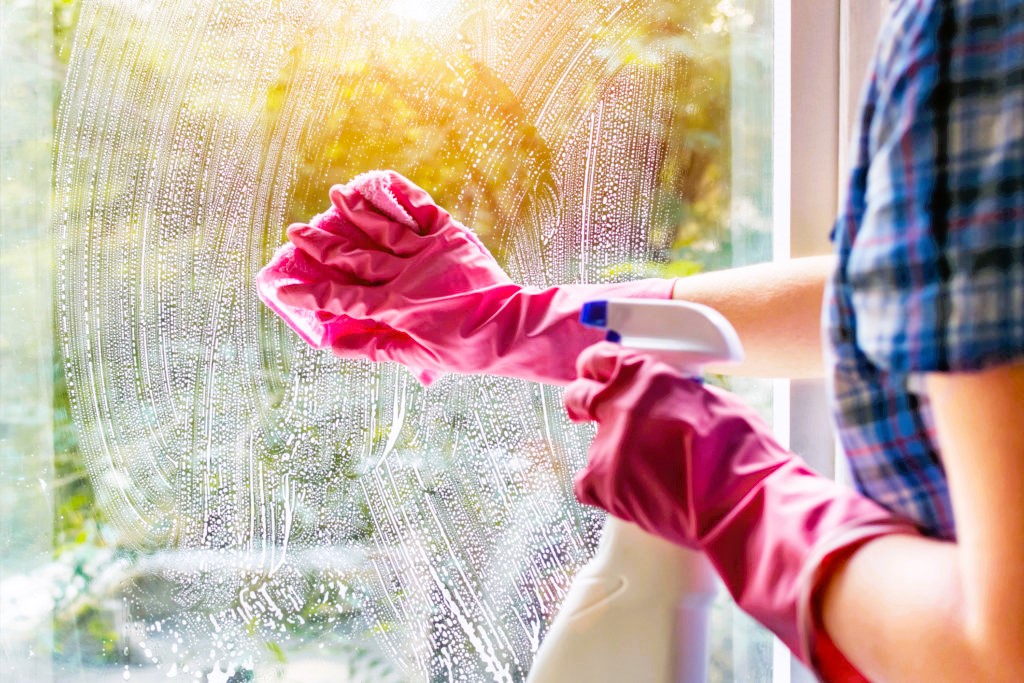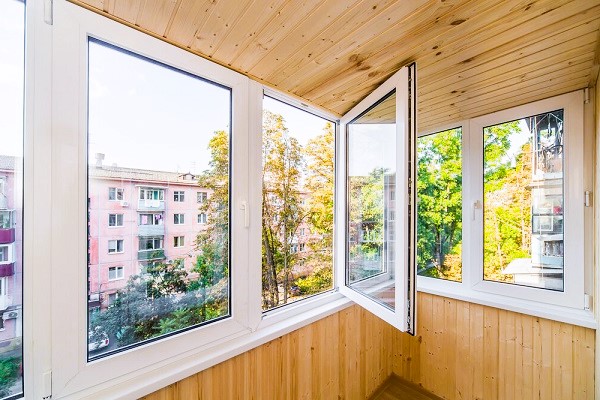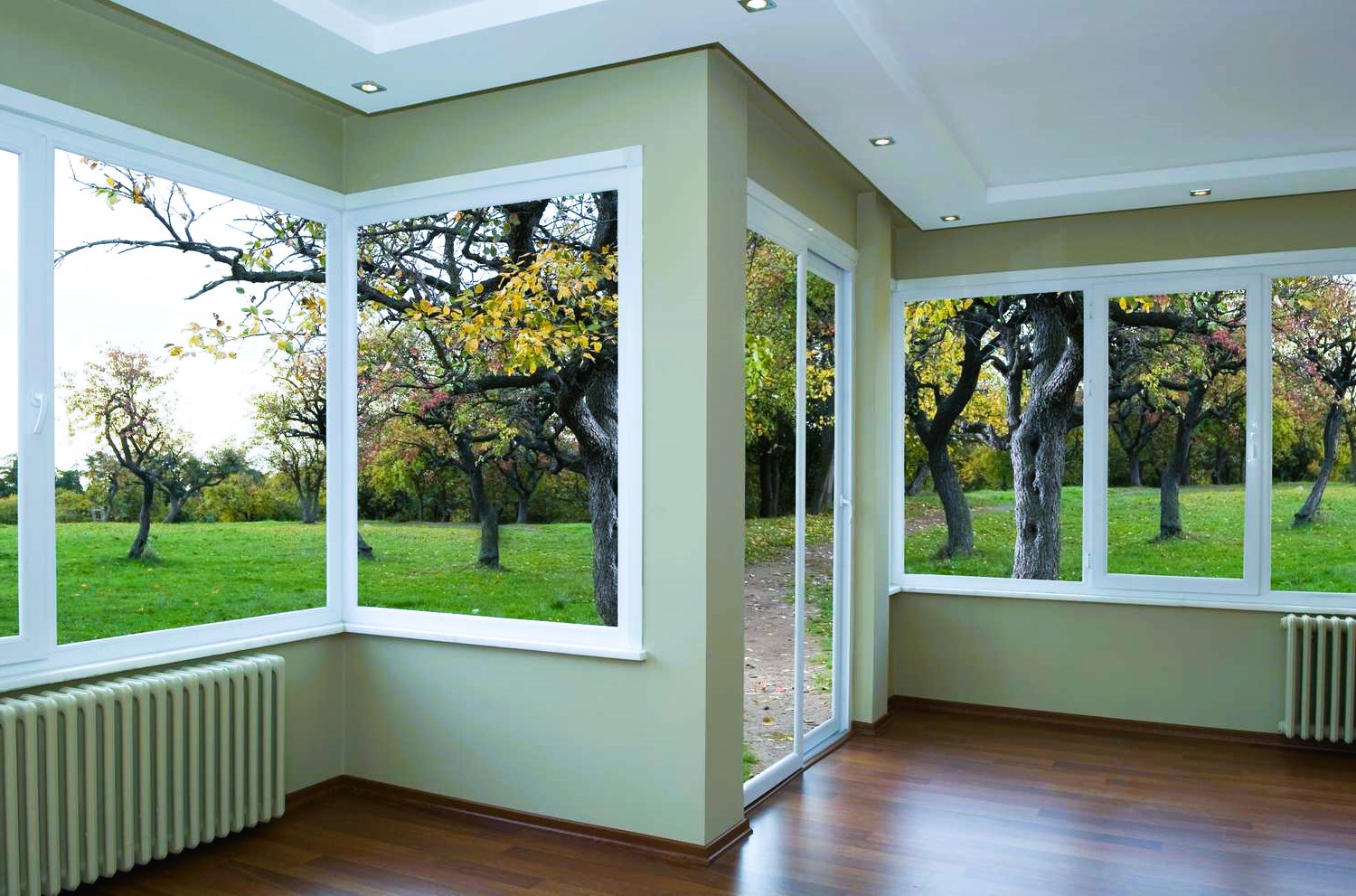When windows start to show their age—fading, warping, or letting in drafts—they can quickly become a source of frustration. Choosing truly durable replacement windows means you’ll spend far less time on upkeep and more time enjoying a cozy, secure home. This guide breaks down why durability matters, compares the top frame materials, walks through installation considerations, and answers the most common questions so you can pick windows built to last.
Why Durability Tops the List
- Stand against weather
Windows crafted from strong, well-sealed materials keep rain, wind, and sun damage at bay year after year. - Save on energy
Airtight frames and high-quality glazing stop heat from escaping and cold air from sneaking in, making for steadier indoor temperatures and lower utility bills. - Less fuss, more freedom
Durable frames resist rotting, warping, and fading—no more scraping, sanding, or repainting every season. - Stronger security
Sturdy materials paired with multi-point locking hardware create a barrier that’s tough for intruders to breach. - Boost your home’s value
Buyers know that windows built for decades of service are a major selling point—no one wants to replace them again anytime soon.

Top Contenders: Frame Material Breakdown
Fiberglass
- What makes it great: Rock-solid stability through temperature swings, unmatched strength, and the ability to take paint beautifully.
- Why it lasts: Resistant to warping, swelling, and cracking—even in the harshest climates.
Vinyl (PVC)
- What makes it great: A wallet-friendly, virtually maintenance-free option that stands up to moisture and fading.
- Why it lasts: Fusion-welded corners and moisture-resistant PVC mean no rot, no rust, and no warping.
Aluminum-Clad Wood
- What makes it great: The warmth and insulation of wood on the inside, protected by a tough aluminum shell outside.
- Why it lasts: Extreme-climate performance for coastal or very humid regions, with minimal exterior upkeep.
Composite (Engineered Wood)
- What makes it great: Wood fibers mixed with polymers deliver the look of real wood and the strength to resist expansion and contraction.
- Why it lasts: Built-in stability keeps frames square and sashes sliding smoothly for decades.
Aluminum
- What makes it great: Ultra-slim profiles maximize glass area, with a lightweight frame that’s naturally strong.
- Why it lasts: Ideal for modern or commercial-style applications, though less insulating than other options.
Quick-Reference Comparison
| Material | Durability (1–5) | Cost/Window | Maintenance | Efficiency | Warranty |
|---|---|---|---|---|---|
| Fiberglass | 5 | $400–$700 | Low | High (Low-E) | 20–30 years |
| Vinyl | 4 | $200–$400 | Very low | Medium-High | 20–30 years |
| Aluminum-Clad Wood | 5 | $600–$1,000 | Low | High | 20–25 years |
| Composite/Engineered Wood | 5 | $500–$800 | Low | High | 20–30 years |
| Aluminum | 3 | $300–$600 | Very low | Medium | 15–20 years |
Choosing and Installing for Longevity
- Match your climate
In coastal or humid areas, fiberglass and aluminum-clad wood are top performers against salt air and moisture. - Aim for ENERGY STAR®
Look for region-specific certifications to guarantee the thermal performance you need. - Decide on professional vs. DIY
Heavier materials like fiberglass benefit from a certified installer who can ensure perfect seals and flashing. - Check warranty terms
A 20- to 30-year warranty shows the manufacturer’s confidence in their product’s longevity. - Pick enduring finishes
Powder-coated aluminum and factory-applied paints resist chips and fading far better than field-applied options.

Frequently Asked Questions
How often do durable windows need attention?
A quick annual check—wiping frames with mild soap, inspecting seals, and clearing debris from tracks—is usually all that’s required.
Are fiberglass windows really worth the extra cost?
Yes. While pricier up front, their resistance to weathering and dimensional stability mean they often outlast vinyl or aluminum, saving money over the long term.
Can vinyl windows be painted?
Standard vinyl isn’t paintable without risking damage or voiding the warranty. Select a color you love from the factory palette.
What frame material is best for a coastal home?
Fiberglass and aluminum-clad wood both resist salt corrosion and moisture far better than standard wood or vinyl.
When is window replacement unavoidable?
Look for persistent drafts, visible rot, difficulty operating sashes, or moisture trapped inside the glass—these are signs that repair won’t suffice.
Choosing windows isn’t just about style—it’s about picking materials and installation methods that stand up to your local climate and your family’s lifestyle. With this guide in hand, you can invest confidently in windows that deliver decades of low-maintenance performance, year-round comfort, and lasting value.




